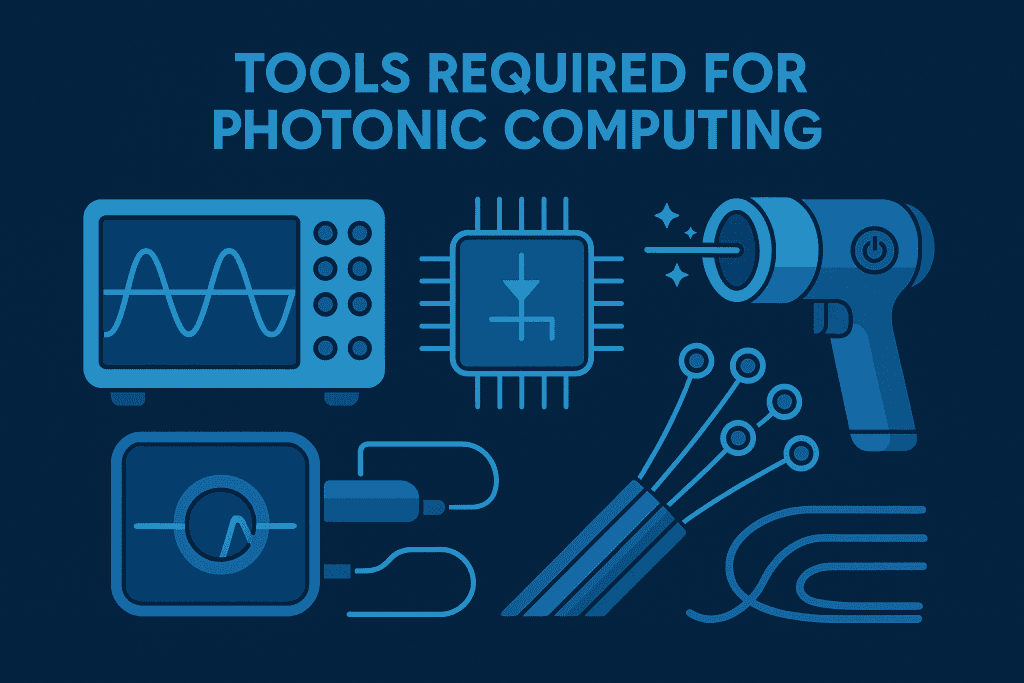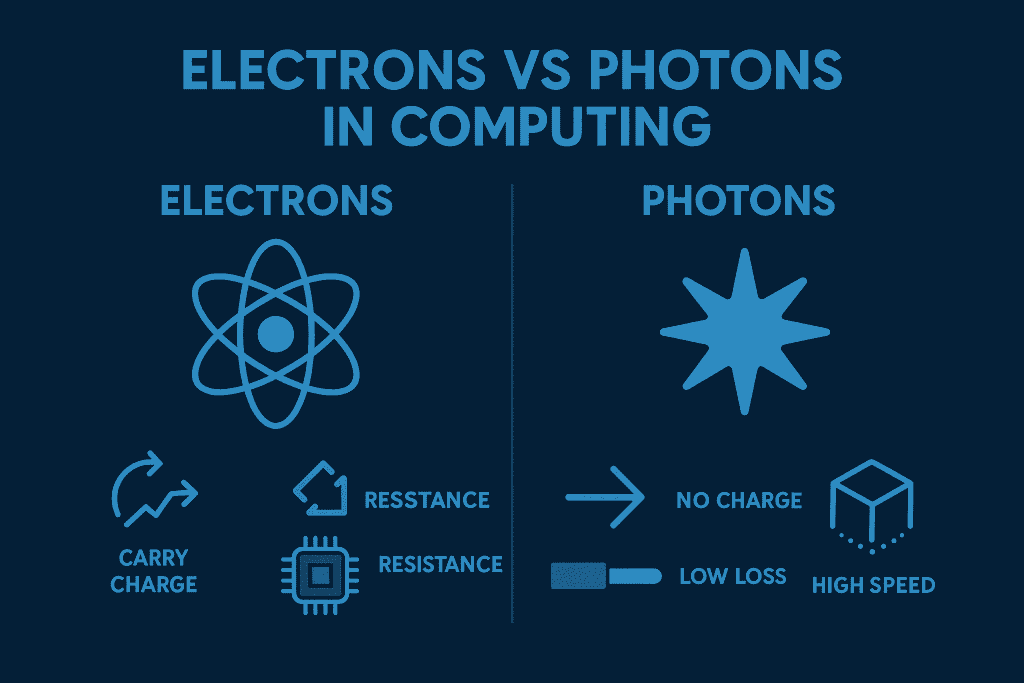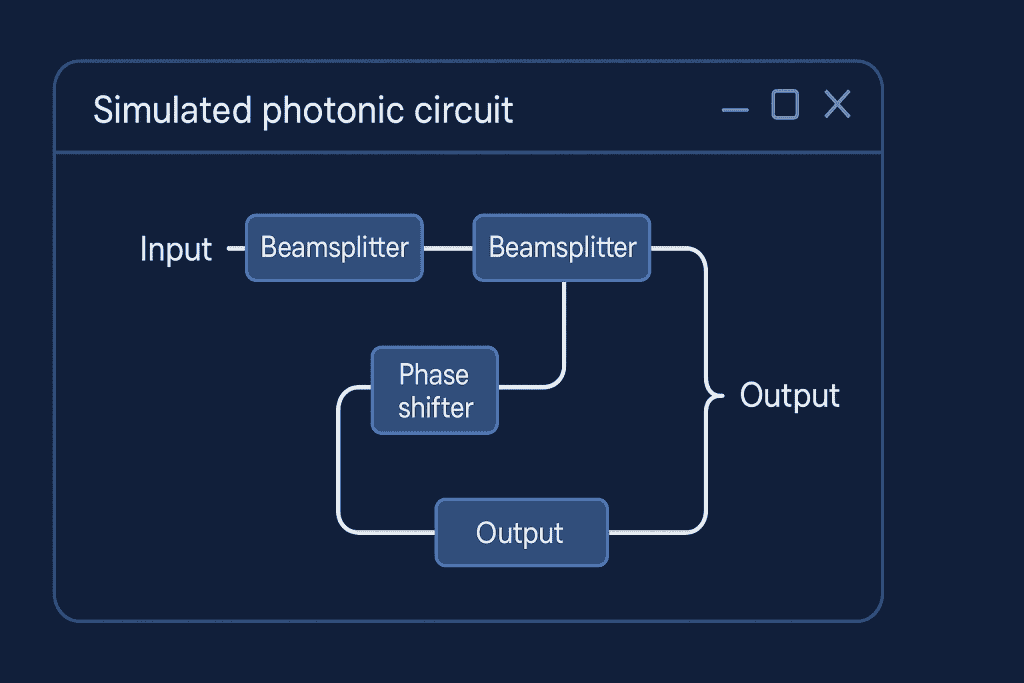Imagine using light instead of electricity to power your computers. Sounds like science fiction, right? Welcome to the glowing frontier of Photonic Computing. It’s not just a cool idea anymore. It’s a real, game-changing direction in Tech Trends. As traditional silicon-based computing hits its performance ceiling, industries are turning to Lightmatter, a company developing revolutionary photonic chips. Tech enthusiasts and investors are talking about Lightmatter stock, and for good reason. This how-to guide will walk you through how to take your first steps into the bright future of computing. Whether you’re a hobbyist, researcher, or tech-savvy investor, this is your roadmap into the next era of processing.
Photonic Computing Materials or Tools Needed
Diving into Photonic Computing might seem complex at first glance, but with the right tools and foundational knowledge, it becomes much more accessible. Unlike traditional electronic computing, photonic systems require specialized components designed to manipulate light instead of electric current. At the core of this setup are optical chips like the Lightmatter Envise, which serve as the primary processing units. These chips are designed to handle high-speed operations using photons, delivering better performance while consuming less energy.
Waveguides and interconnects are equally essential. They act as light highways, guiding optical signals through circuits with precision. To bring these components together effectively, you’ll need integrated photonics software, which allows you to design and simulate photonic circuits before actual deployment. This step reduces errors and optimizes circuit layout for better performance.
Power supply and control units are necessary to manage the system’s operations and maintain stability during testing or full-scale implementation. Having access to the Lightmatter SDK is vital for software-level development, allowing you to program and interact with photonic chips directly.
Lastly, high-quality documentation and learning materials provide valuable guidance throughout the process. Tutorials, community forums, and research papers help beginners and experts alike avoid common mistakes and advance their skills. These resources are the foundation for anyone serious about experimenting with or developing in the field of Photonic Computing.

Photonic Computing Instructions
Step 1: Understand the Basics of Light-Based Processing

Photonic Computing uses light instead of electricity to process data. This shift dramatically increases speed while reducing energy loss and heat. Unlike electrons, photons can carry multiple signals at once by using different wavelengths. Before diving into development, it is important to understand how photonics achieve this and why it matters. Learning these fundamentals helps you make smarter design decisions and prepares you for more advanced applications like AI and machine learning.
Step 2: Get Familiar with Lightmatter Technology
Lightmatter is a leader in the photonic space, offering chips like Envise that combine optical and electronic processing. These chips are designed to power AI applications efficiently. Exploring their documentation, SDK, and whitepapers is key. These resources explain how to program and optimize systems for their hybrid architecture. Gaining familiarity with Lightmatter’s approach gives you practical insight into what’s possible with current photonic technologies and how to work with them directly.
Step 3: Install Design and Simulation Software
Using design software is an essential step before hardware testing. Tools like Synopsys or Lumerical let you model how light behaves in a photonic circuit. These simulations reduce trial-and-error by showing where light may reflect, lose energy, or delay. Running virtual tests helps you refine your designs early on, saving time and resources later. Learning this software builds your ability to troubleshoot and enhance photonic systems safely and efficiently.
Step 4: Prototype a Simple Photonic Circuit

Once confident with simulation tools, build a basic photonic circuit using the Lightmatter SDK. Start small with simple functions like signal routing or basic logic gates. This step helps you understand how software and hardware interact. It also reveals challenges like light leakage or interference. Prototyping strengthens your technical skills, provides hands-on experience, and allows you to see real results. It is a valuable phase in turning ideas into functional, testable designs.
Step 5: Run a Real Test Using Lightmatter Hardware
The final step is deploying your prototype onto real Lightmatter hardware. This allows you to measure actual performance, including speed, power efficiency, and data accuracy. Set up your system, run diagnostics, and analyze results. Compare output against your simulations and note any discrepancies. Real-world testing uncovers design flaws and validates your circuit. This process deepens your understanding and prepares you for more complex development in the photonic computing field.
Photonic Computing Tips and Warnings
Getting your feet wet in photonic computing is exciting, but there are a few things to keep in mind to avoid common pitfalls.
Tips for Success
| Tip | Benefit |
|---|---|
| Start with simulations | Reduces hardware error and speeds up learning |
| Engage with Lightmatter community | Get real-world insights and troubleshooting help |
| Stay current on firmware | Ensures compatibility with latest Lightmatter features |
Warnings to Watch For
| Warning | Reason |
|---|---|
| Don’t ignore thermal output | Even photonic systems generate heat under heavy loads |
| Avoid skipping documentation | Missed steps lead to failed or unstable performance |
| Be cautious with investments | Lightmatter stock is promising, but do your research |
Conclusion
Photonic Computing is far more than a buzzword making rounds in the tech world. It is a powerful leap forward that challenges the limitations of traditional silicon-based processors. By using light instead of electricity to perform computations, this technology allows for significantly faster data processing speeds and dramatically lower energy consumption. The shift toward light-based processors is not only about performance but also sustainability, as the energy demands of data centers and AI systems continue to rise globally.
Companies like Lightmatter are at the forefront of this transformation. Their innovative chips combine the precision of photonics with the reliability of electronics, creating systems that are faster, cooler, and more efficient than anything seen before. As this technology matures, it opens new possibilities for industries ranging from artificial intelligence and machine learning to healthcare, telecommunications, and quantum research.
For developers, it offers an exciting new platform to build powerful, next-generation applications. For investors, Lightmatter stock represents a rare opportunity to support and benefit from a truly disruptive innovation. The time to explore, learn, and engage is now. Those who embrace Photonic Computing early are more likely to shape, lead, or profit from the future it is rapidly creating.
FAQs
What is Photonic Computing and how does it improve traditional systems
Photonic Computing replaces electrons with photons, offering faster processing, less heat generation, and greater energy efficiency. These advantages make it an ideal fit for advanced computing systems used in AI and other modern tech trends.
Should I invest in Lightmatter stock right now
Lightmatter stock is attracting attention due to its unique role in the photonic computing space. While it shows potential, always analyze the company’s financials, leadership, and market position before making an investment decision.
What applications benefit most from Photonic Computing
AI training, big data analytics, machine learning, and high-speed networking benefit most from Photonic Computing. Lightmatter products are especially valuable where speed and efficiency are critical.
Resources
- Lightmatter. Lightmatter official website
- Nature. Photonic hardware for AI acceleration
- APS Physics. Barriers in photonic computing and solutions
- LiveScience. Scientists clear major roadblocks in mission to build powerful AI photonic chips
- Nature Journal. Research on new photonic circuit technology
